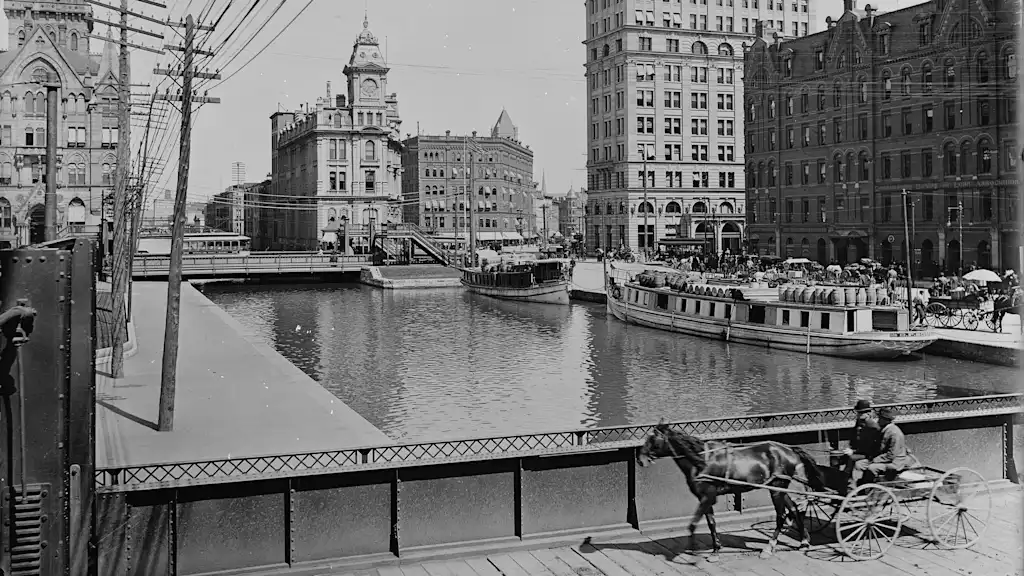
"When the Erie Canal opened 200 years ago, on Oct. 26, 1825, the route was dotted with decaying trees left by construction that had cut through more than 360 miles of forests and fields, and life quickly sped up. Mules on the towpath along the canal could pull a heavy barge at a clip of 4 miles per hour-far faster than the job of dragging wagons over primitive roads."
"The Haudenosaunee Confederacy, the Indigenous nations that the French called the Iroquois, engaged in canoe-based trade throughout the Great Lakes and Hudson River valley for centuries. In the 1700s, that began to change as American colonists took the land through brutal warfare, inequitable treaties, and exploitative policies. That Haudenosaunee dispossession made the Erie Canal possible."
"As many books have proclaimed, the Erie Canal's opening in 1825 solidified New York's reputation as the Empire State. It also transformed the surrounding environment and forever changed the ecology of the Hudson River and the lower Great Lakes. For environmental historians like me, the canal's bicentennial provides an opportunity to reflect upon its complex legacies, including the evolution of U.S. efforts to balance economic progress and ecological costs."
The Erie Canal opened on Oct. 26, 1825, cutting through more than 360 miles of forests and fields and accelerating travel and trade. Mules on towpaths pulled barges about 4 miles per hour, moving goods between the Great Lakes and New York City in days and reducing freight costs by 90%. Canal construction depended on land made available through Haudenosaunee dispossession via warfare, inequitable treaties, and exploitative policies. The canal catalyzed New York's economic prominence while reshaping the Hudson River and lower Great Lakes ecosystems and entrenching tensions between economic development and ecological costs.
Read at Fast Company
Unable to calculate read time
Collection
[
|
...
]